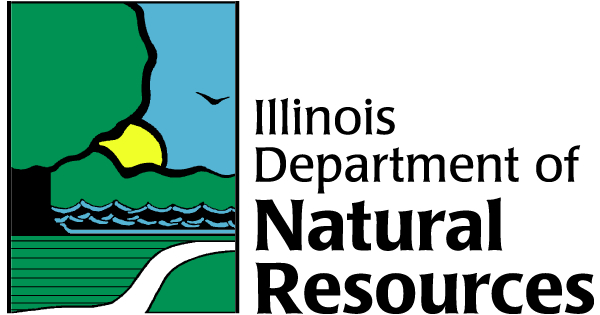Invasive Species
Invasive species are animals, plants or other organisms that are inadvertently introduced to a new area beyond their natural range. They often take away space and resources from the native species. Higher temperatures and changes in growing seasons will attract novel species to Illinois. Their natural enemies may not be in the new habitat, which allows them to thrive more easily and push native species out. Native species, already stressed by changes in climate, become less resilient and more susceptible to invasions. Here are some examples:
- Two invasive species of mosquito (Aedes aegypti and Aedes albopictus) could make their way to Illinois as the temperature warms. They can transmit serious viruses such as dengue and Zika.
- Changes in climate will likely provide advantages to pathogenic insects such as the emerald ash borer, which has led to the destruction of nearly all of Illinois’ ash trees.
- Invasive, non-native plant species, such as Amur honeysuckle, Johnson grass, oriental bittersweet, and Japanese stilt grass, have invaded Illinois, crowding out native plant species (Wuebbles et al. 138).
- Climate change will degrade grasslands and other habitats and their loss of resilience will cause the spread of invasive species of plants and insects that will hurt grasslands and native species.
- Asian carp arrived in the US in the 1960’s and have spread throughout IL rivers. They outcompete other native species.
- Invasive mussels (zebra and quagga) attach to water intake pipes of power plants and water intakes. Millions of dollars are spent each year for cleanup and repair to the structures.
What has IDNR Been Doing?
IDNR has assembled the Illinois Invasive Species Council to minimize the economic and ecological effects that invasive species pose to the State of Illinois. The council provides information and advice to IDNR, non-governmental organizations, businesses, and the general public.
IDNR’s Invasive Species Campaign, part of the Wildlife Action Plan (IWAP), identifies actions that are most needed to manage invasive species. The campaign’s goals are to:
- Identify key invasive species that are a threat
- Take actions to reduce, negate or prevent their negative impacts
- Increase awareness of invasive species throughout the state to implement effective land management
IDNR is also taking the following actions to address invasive species in Illinois:
- Asian carp were inadvertently introduced to the United States in the 1970’s and have proliferated in many Illinois rivers. IDNR has rebranded Asian carp as “Copi” to help increase its popularity as a human food source. Illinois River harvest of Copi has increased by 10 million since the rebranding. Restaurants that carry Copi on the menu are rising.
- Barriers have been installed to prevent invasive species from the Great Lakes (e.g., sea lamprey) from moving into the Mississippi River system. IDNR is currently working with federal and local partners to install new fish barriers to keep invasive species out of Lake Michigan.
- IDNR has a campaign, Be a Hero - Transport Zero, to keep boats and equipment from spreading invasive species among waterbodies in the state.
- Efforts to address invasive plant species through the stewardship of natural areas are the most common activities undertaken by District Biologists within the Division of Natural Heritage.
Learn More
Invasive Species of Concern
This resource helps readers learn more about invasive species in Illinois to help raise awareness. The site includes pictures and information about invasive plants, insects, animals, and diseases.
Target Hunger Now!
The Target Hunger Program encourages hunters and anglers to donate deer and Asian carp (Copi) to create meals for Illinoisans in need and, at the same time, reduce the threat of the invasive species of carp.
Be a Hero
This page provides information and tips to help anglers in Illinois help fight the spread of aquatic invasive species (AIS).
IWAP Invasive Species Campaign
Learn more about this campaign, which is part of the Illinois Wildlife Action Plan, which seeks to protect native species and reduce other negative impacts from invasive species. This resource provides important information to educate the public on the necessity of reducing invasive species in Illinois.


